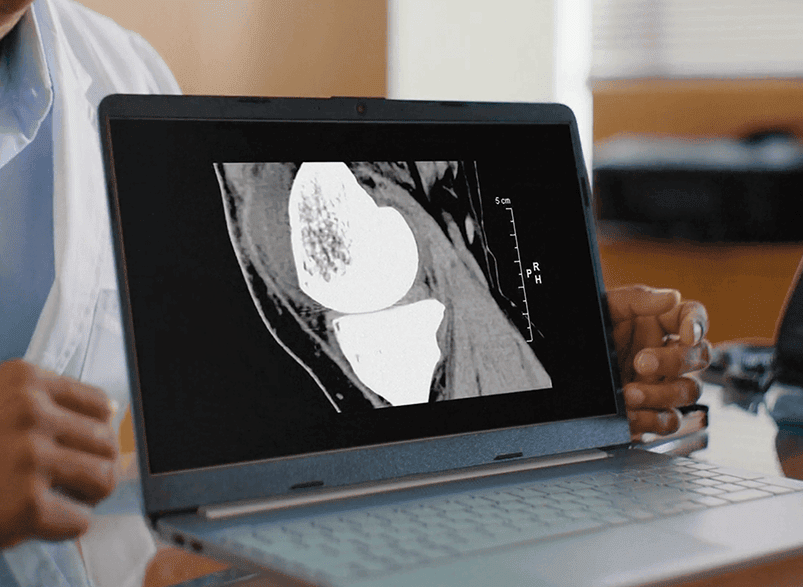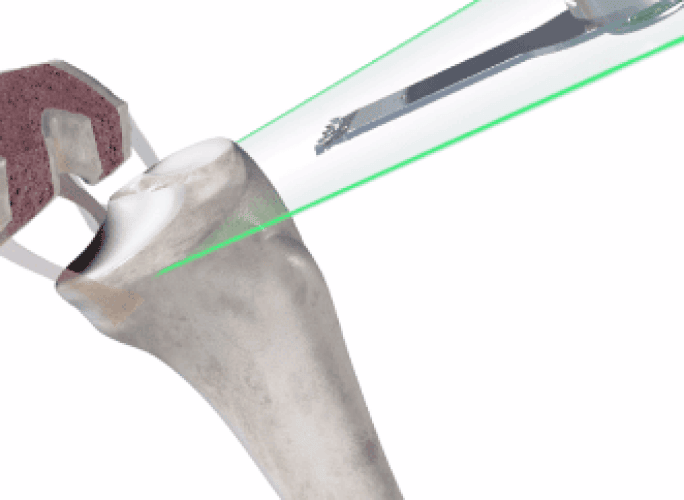Exploring MAKO Total Knee Replacements: How Robot Technology Elevates Surgery
Opening Insights: Understanding MAKO Total Knee Replacements
Total knee replacement surgery can be a life-changing procedure for individuals suffering from debilitating knee pain due to various conditions, such as osteoarthritis or injury. In recent years, advancements in technology have revolutionized the way these surgeries are performed, with the introduction of robotic-assisted techniques like MAKO Total Knee Replacements. Let's delve into what MAKO technology entails, its origins, and its widespread adoption in the field of orthopedic surgery.
MAKO Total Knee Replacement is a cutting-edge surgical approach that integrates robotic assistance with the expertise of orthopedic surgeons. The system comprises a robotic arm equipped with advanced software and imaging technology, allowing for precise planning and execution of the surgery.
How MAKO Technology Works:
Preoperative Planning: Before the surgery, detailed CT scans of the patient's knee are taken. These images are then uploaded into the MAKO system, enabling the surgeon to create a personalized surgical plan based on the patient's unique anatomy and condition.
Intraoperative Guidance: During the surgery, the surgeon utilizes the robotic arm, which is linked to the preoperative plan. The system provides real-time feedback and guidance, assisting the surgeon in accurately positioning the implants and making precise bone cuts.
Benefits of MAKO Total Knee Replacements:
Enhanced Precision: The robotic guidance offered by MAKO technology allows for unparalleled accuracy in implant placement and alignment. This precision can lead to improved joint function and longevity of the implant.
Customized Approach: With the ability to create a personalized surgical plan based on each patient's anatomy, MAKO Total Knee Replacements offer a tailored approach that can optimize outcomes and patient satisfaction.
Faster Recovery: Studies have shown that patients undergoing MAKO Total Knee Replacements may experience shorter hospital stays, reduced postoperative pain, and faster recovery times compared to traditional surgery methods.
Origins and Adoption of MAKO Technology:
MAKO technology was originally developed by Mako Surgical Corp, later acquired by Stryker Corporation, a leading medical technology company. The technology was first used in orthopedic surgeries in the early 2000s and has since gained widespread acceptance and adoption among orthopedic surgeons worldwide.
Today, MAKO Total Knee Replacements are routinely performed by orthopedic surgeons in numerous hospitals and surgical centers globally. The technology continues to evolve, with ongoing research and development aimed at further enhancing its capabilities and improving patient outcomes.
Addressing Concerns:
While MAKO Total Knee Replacements offer numerous benefits, some patients may have concerns about the cost and accessibility of this technology. It's essential to have open discussions with your orthopedic surgeon to weigh the potential advantages against any associated considerations.
Embracing Precision: The Future of Total Knee Replacement
MAKO Total Knee Replacements represent a significant advancement in the field of orthopedic surgery, offering patients a more precise and personalized approach to total knee replacement. By harnessing the power of robotics and advanced imaging technology, surgeons can achieve optimal outcomes and improve the quality of life for individuals suffering from knee pain. If you're considering total knee replacement surgery, be sure to explore the options available, including the innovative MAKO technology, to make an informed decision about your care.
Already ready to plan your post-surgery physical therapy care? Have Questions?




